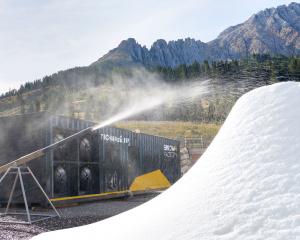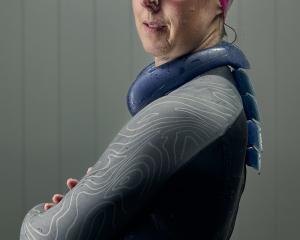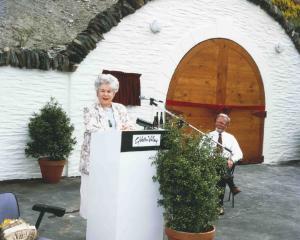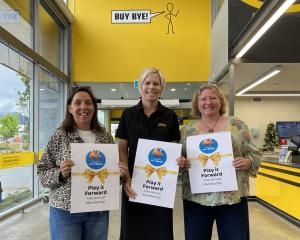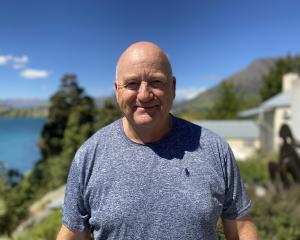The man who witnessed the drowning of his young girlfriend during a river boarding trip on the Kawarau River last year wished the guides had been more serious when describing the hazards of the river.
Black Sheep Adventures Ltd, trading as Mad Dog River Boarding and its managing director Brad McLeod face three charges each under the Health and Safety in Employment Act 1992 after the death of Emily Jordan (21), on April 29, 2008.
Giving evidence via a live video link from Bournemouth, England, Jonathan Armour said he had been travelling with Ms Jordan, whom he described as "adventurous".
They went on a Mad Dog river boarding expedition but Mr Armour said if he had been better informed about the possible dangers he would not have gone.
A guide on the trip and Mad Dog operations manager Nicholas Kendrick said he had been through the rapid, where Ms Jordan was stuck, about 2000 times and there had never been an issue with being trapped.
When asked if they should have given people more information about the dangers of being entrapped, Mr Kendrick said they did not want to scare people about to go on a trip.
The safety briefings gave people as much information as they needed to know while providing guides with an opportunity to assess people's abilities.
"We tell clients it is a full-on activity and the river is a dangerous place," Mr Kendrick said.
The guides made sure the clients were paying attention - "we make them take off their sunglasses . . . no talking . . . we make sure they are listening," he said.
"Throughout the training process we are trying to motivate clients so they have the right mindset to attack the rapids," he said.
"[We tell them] positive actions they can do and not scare them with the dangers."
There had been a waiver raising a possibility of injury, death or damage to personal property and at least three safety briefings.
But Mr Armour said the tone had not been serious and there was no indication that should anyone be entrapped, rescue was not assured, nor were they told methods to get out of entrapment.
Another person on the trip, Anne Nichols, of the United States, said the the guides' manner had made some of the serious information seem like jokes.
Despite previous whitewater rafting experience, Ms Nichols said the trip was "uncomfortable" and "dangerous".
When asked by defence counsel Michael Parker if she made the judgement with "the benefit of hindsight", Ms Nichols said she could have told him after the first rapid.
Ms Jordan had been confident in water, Mr Armour said.
However, she fell off her board after the second rapid and he helped her back on just before the Frogz Eddy rapid where she died.
Mr Armour indicated they drifted further left than instructed and a guide pushed him back to the right hand side of the rock.
When looking back for Ms Jordan he instead saw an "unmanned board" on the left side of the rock and a hand above the water.
Mr Kendrick said there had been a lengthy attempt to dislodge Ms Jordan who was wedged, possibly in a crevice, around her chest.
During that time, the lead on her wrist snapped and when they grabbed her lifejacket it came off.
After a Serious Fun River Surfing group arrived and a rope was obtained, six guides from both companies managed to tie it around her arm and after about another five minutes, Ms Jordan was freed.
However, she could not be resuscitated.
Mr Kendrick believed there would have been no way to rescue Ms Jordan alive even if a rope had been used sooner, as it had taken six people more than five minutes of hauling to free her.
He said since the incident, Maritime New Zealand had issued a number of river boarding guidelines - many of which the company already followed.
One of the new guidelines was to carry a rope and carabiners.


